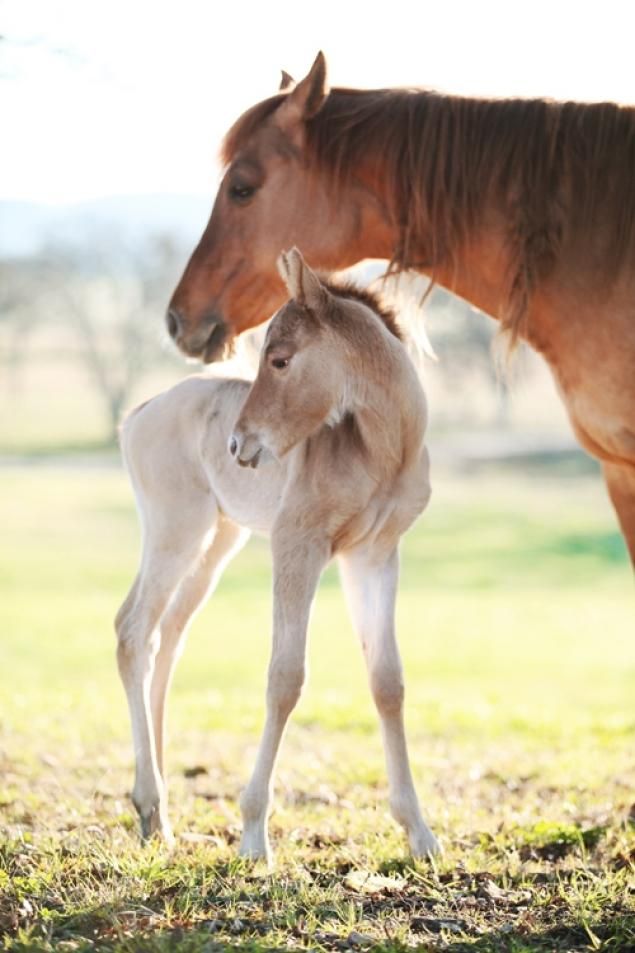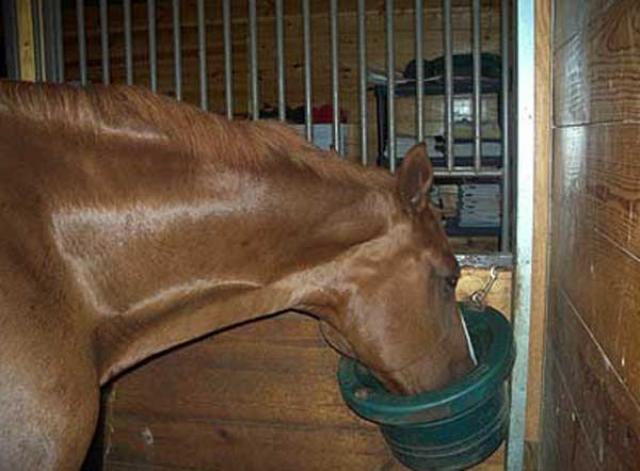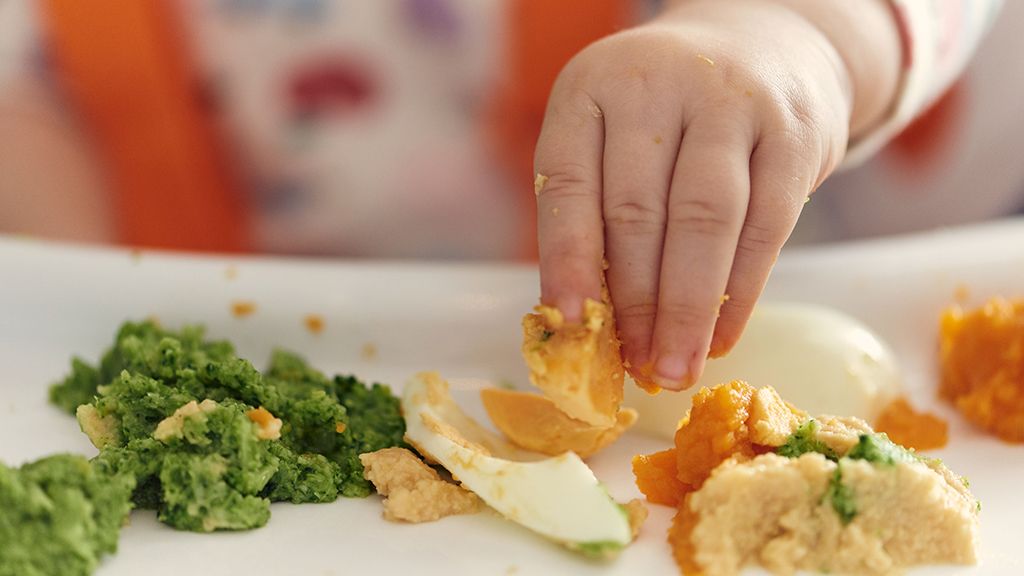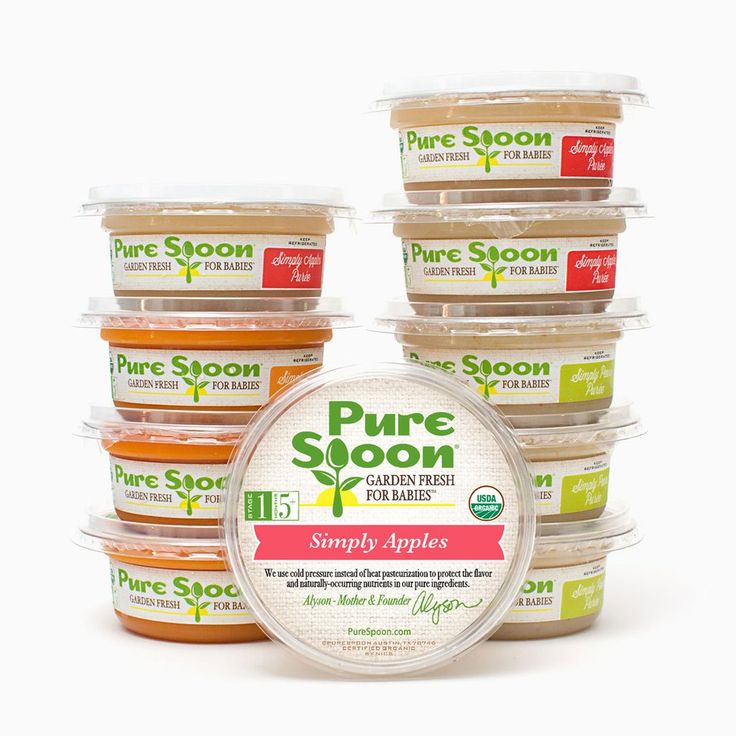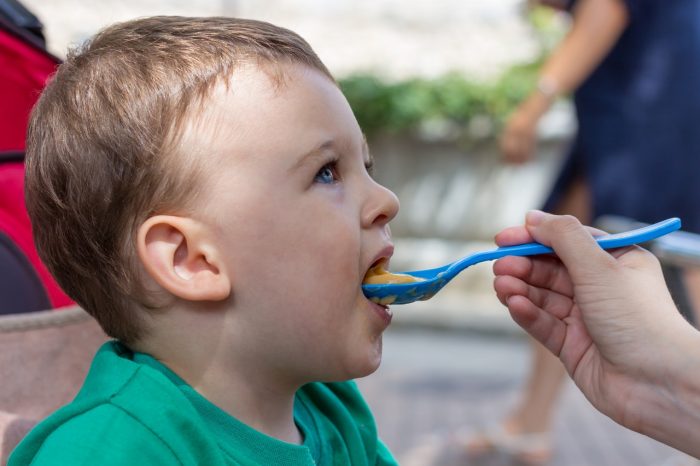How do horses feed their babies
How do Horses feed their Young
Baby horses, who are typically called foals, are something beautiful to see. I have spent a lot of time at stables and if you have done the same, you have probably seen baby horses running around as well.
There is nothing more beautiful than watching baby horses run around with their mothers! Like toddlers, baby horses seem to drive their parents crazy as well! Of course, since they are so active, they need to have plenty of nutrition.
If you are wondering what baby horses eat, there are a few key points to keep in mind! This will help you provide the best nutrition for baby horses!
Baby Horses and Foals Drink Mother’s Milk. Baby horses drink their mother’s milk only for the first three weeks. Then, they will add grass to the diet.
Quick Navigation
- An Overview of the Growing Process for Baby Horses
- Key Facts About Baby Horses You Should Know
- Track the Weight of Foals
- Baby Horses and Grain: When Is the Right Time?
- The Food Blend for a Foal
- What Happens If Foals Don’t Eat Enough?
- Tips for Weaning a Foal
An Overview of the Growing Process for Baby Horses
Similar to human babies, foals are meant to survive only on their mother’s milk for a short period of time. Typically, this lasts for around three weeks. After this, baby horses will naturally start to eat grass.
Grass is high in fiber and is healthy for the digestive tracts of many animals, including horses. That is why you might have noticed horses grazing in the field.
Eventually, horses reach out two or three months in age. Then, the mother will stop providing milk for the baby horse. This is when horses get introduced to new food sources, such as horse grain.
When we are at the stables, we track the age, weight, and growth of all newborn horses carefully. This allows us to make sure that we provide the right food for our baby horses at the right time. How can you do the same?
Key Facts About Baby Horses You Should KnowNutrition for baby horses goes hand in hand with other developmental processes. The first few weeks of a horse’s life is important for developing a strong bond between the mother and her children.
That is why it is important for you to let baby horses survive only on their mom’s milk for the first few weeks of their lives.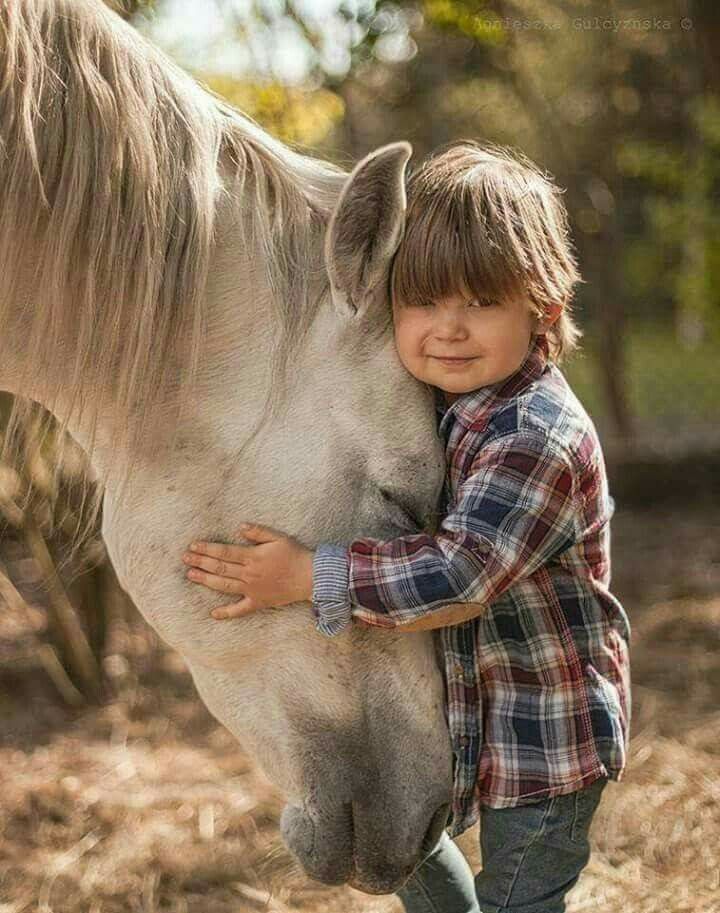
We try to do the same thing in our stables. If there is a newborn baby horse, it is tempting to go over and play with it, pet it, and try to get to know it; however, this is a critical time for the mother and her foal.
Therefore, try to leave the family alone and let the mom do what she does naturally. After a short period of time, the mother will naturally force the baby horse to start eating grass. A few other key facts to keep in mind include:
- Baby horses are very strong. Have you seen them run with their mother? Their strength for their size is tremendous. This is what allows them to keep up with their mom.
- They solely depend on their mothers during the first few weeks of life because that is all they need.
- While baby horses are called foals, female baby horses are called fillies while male baby horses are called colts.
- Baby horses cannot eat grass during the first few weeks of life because their necks are not strong enough
- Most baby horses will wean from their moms around three months of age but other baby horses might continue drinking their mother’s milk until around six months of age.
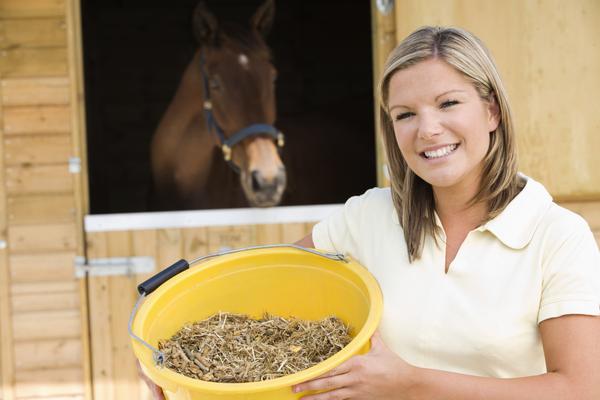
You should keep these facts in mind as you go about generating a diet for your baby horses as they grow.
Track the Weight of FoalsYou might notice that baby horses snack on the ground a little bit during the first few weeks of life.
We mentioned earlier that baby horses do not eat grass until around three weeks of age; however, if you see a younger horse snacking on the ground, you don’t have to disrupt this process.
This is all part of the learning process for baby horses and they are simply imitating their young. As long as they are still drinking their mother’s milk, this is fine.
Baby foals are going to grow quickly. They might gain as much as three pounds per day just on that alone! I know that I have been shocked to see how quickly baby horses gain weight!
Now, if you notice that your baby horses aren’t gaining weight, you should check their feeding habits.
Watch them feet from their mothers.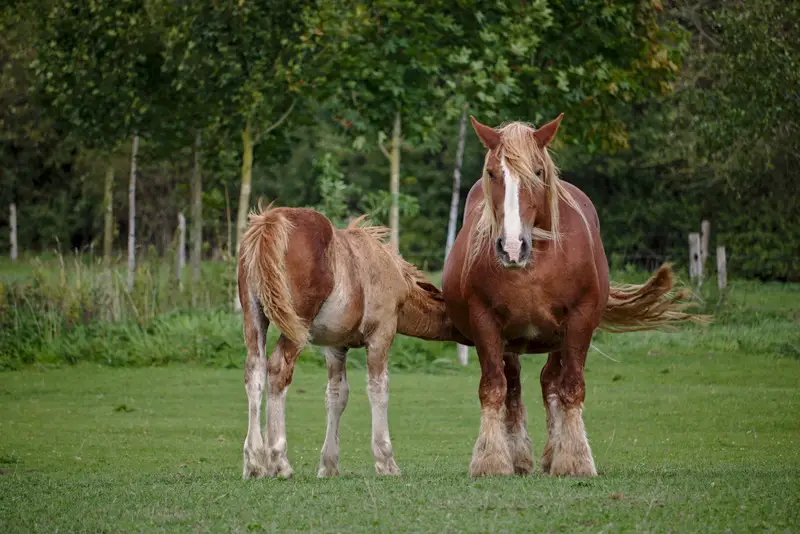 If the foal isn’t feeding for longer than 30 minutes at a time, it is possible its mom’s milk ducts might be clogged. If this becomes a trend over the next day or two, it might be time to call a vet.
If the foal isn’t feeding for longer than 30 minutes at a time, it is possible its mom’s milk ducts might be clogged. If this becomes a trend over the next day or two, it might be time to call a vet.
Remember that foals are supposed to gain weight quickly. Therefore, clogged milk ducts can become a serious nutritional problem in a short amount of time.
Baby Horses and Grain: When Is the Right Time?We track all of our baby horses to make sure they are gaining weight appropriately. Usually, they progress along the dietary path all on their own; however, one of the signs you might notice that your foal is getting ready for solid food is when they begin to snack on the ground and eat manure.
Around this same time, the mother’s milk ducts are going to start to dry up. As a result, it might be time to add supplemental feed to their diets.
This is when you will start to become more involved in the diet of your foals. If you don’t provide the right diet, horses can develop bone and joint disorders early in their life. This can lead to major quality of life issues.
This can lead to major quality of life issues.
In order to make sure that your foals are receiving what they need, try a process known as creep feeding. We use this in our stables for almost all of our horses and we find that this works well.
The principle behind creep feeding is to make sure that your foal gets what he or she needs. Think about what happens if you feed all of the animals at once. It’s the survival of the fittest, right?
The fastest, strongest animal is going to eat all of the food! Don’t let this happen to the foal. With creep feeding, you will feed the foal and the other horses separately. This will make sure that your foal gets to eat and is not overpowered by the other horses.
The Food Blend for a FoalFeed for foals should be nutrient-dense; however, if the volume is too much, then your foal won’t be able to eat everything. The essential ingredients in your foal’s food should include:
- Crude protein
- Calcium
- Phosphorus
- Copper
- Zinc
While it might seem like there are some nutrients missing, remember that your foal will be grazing as well.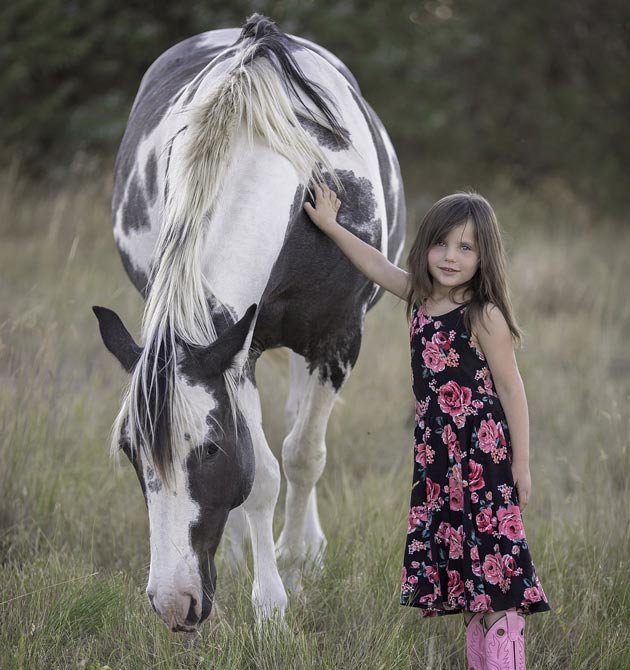 This is where a lot of the other nutrients will come from.
This is where a lot of the other nutrients will come from.
As your foal gets older, his or her nutritional needs will change. Weight gain for foals should be around 2 pounds per day starting at around four months of age. It will taper off after that.
What Happens If Foals Don’t Eat Enough?In order to make sure that your foals are eating enough food, make sure that he or she is gaining weight appropriately. Target the weight gain metrics as above.
If your foal is to not gaining weight appropriately, then this is a sign that he or she is not eating enough. The biggest consequence of this problem is the development of metabolic bone diseases.
Your foal’s bones will start to dissolve to provide nutrition for the rest of the body. This can lead to pain, mobility issues, and problems keeping up with his or her mother.
Therefore, make sure that the feed is nutrient-dense. This will allow the food to fit in the foal’s stomach while still providing the necessary nutrition.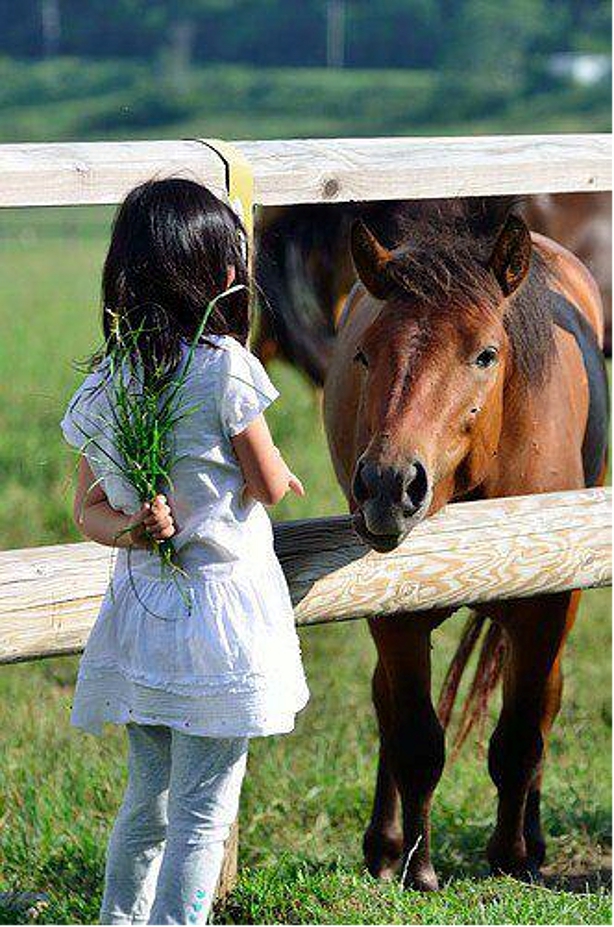
Weaning is the process of separating a baby foal from its breastfeeding habits. While this is a sad process, human babies have to stop breastfeeding as well in order to get the nutrients they need.
This process is the same in horses. It is a good idea to start by separating the baby foal and mother for short periods of time during the day. Eventually, this process will have to take place at night as well.
Over time, the foal will start to eat on his or her own and the process will work itself out naturally.
How Do Horses Feed Their Young?
Last Updated on March 18, 2022 by Urska
If you are wondering how do horses feed their young, then hopefully everything you want to know is for you here in our guide on foals and how they eat. Foals are amazing creatures from the minute they are born. Within a few short hours after birth, foals are able, albeit a little wobbly, to gallop with their mothers.
Table of Contents
A Little Bit About FoalsFoals are born after eleven months of gestation. When they are born, they come out front feet first, followed by the head, shoulders, and the rest of the body. All foals are born with ‘slippers’ on their feet.
These slippers are soft tissue that protects the mother’s birth canal from the foal’s hooves. As soon as this tissue comes in contact with the air, it begins to disintegrate. By the time the foal is 24-hours old, the slippers are completely gone.
HORSE WEAVER Grooming Kit
Check price on Amazon
Horse BreastfeedingWhile it is easy to call how a horse feeds its young breastfeeding, this technically isn’t correct. A female horse does not have breasts, though some of the names for the anatomy are similar to humans. All mares have mammary glands located high up between their hind legs.
The location protects this sensitive area from the sun and injury.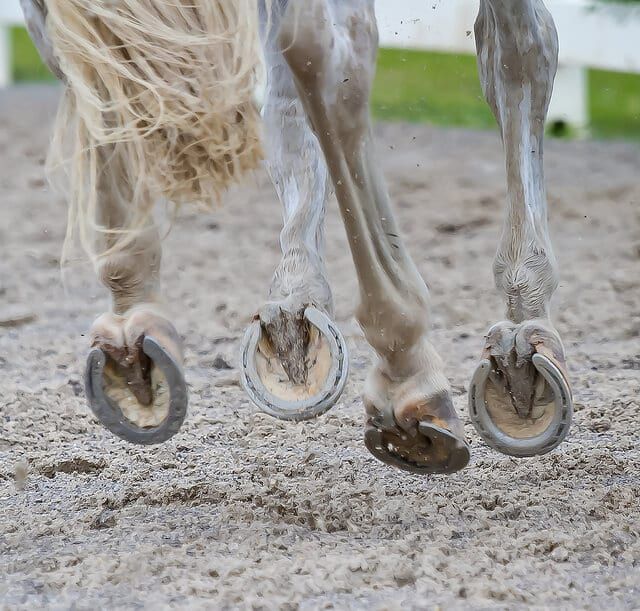 In a mare that has never had a foal, the teats are small. When a mare has had a foal, this area and the teats are larger, sometimes making it easy to see that the horse has given birth before.
In a mare that has never had a foal, the teats are small. When a mare has had a foal, this area and the teats are larger, sometimes making it easy to see that the horse has given birth before.
All mares have two teats, each with two or three openings, depending on how many mammary lobes each teat has. During pregnancy, the mare’s body gets ready for milk production. This does not happen until late in gestation, again nature’s way of protecting the area.
Different hormones stimulate the stages of milk production so that if everything goes as it should, the mare has enough milk when the foal is born.
What Do Baby Horses EatBaby horses eat milk by suckling on their mother’s teats. In the first few weeks of life, the foal will suckle more frequently. A healthy foal will drink from its mother as often as every ten minutes and up to 15 liters a day.
The milk contains everything a foal needs to grow quickly during the first few weeks. After the first week, the gaps between eating will widen, and by one month it is about one hour between feeds.
It is extremely important that a foal drinks from its mother as quickly as possible after it is born. It is the most important meal of a horse’s life. The name of the first milk is colostrum.
When a foal is born is has no immunity or functioning immune system, making it very vulnerable. For the first few hours of life, the digestive tract is open, specifically, so it can absorb the colostrum. Colostrum is different from regular milk.
Colostrum contains all the nutrients and immunity from the mother that the foal needs to start life. There is only a small window when the foal’s intestines can absorb colostrum. As more time passes after birth, the digestive tract begins to close, and absorption is no longer possible.
Also, the first liter of colostrum is the most potent with immunoglobulins. After six hours, this potency decreases, and as such, the quality of the colostrum goes down.
Good quality colostrum is thick, sticky, and yellow in color. If it is thin and runny, it is a sign that the quality is poor. To ensure a foal has the best chance of good colostrum, it needs to drink from its mother within a couple of hours.
If it is thin and runny, it is a sign that the quality is poor. To ensure a foal has the best chance of good colostrum, it needs to drink from its mother within a couple of hours.
If this does not happen, then the situation becomes urgent and needs veterinary intervention. These foals will usually need a plasma transfusion so that they get the necessary immunity. Do not take a wait, and see approach when it comes to the first milk.
All foals should have an IgG test at around 24-hours old. This test will check to make sure the levels of IgG are high enough, which confirms the foal got enough quality colostrum. If they are too low, the vet will administer plasma.
Do Foals Only Eat MilkFor the first few days, a foal will only drink milk. After a few days or a week or two, the foal will start to show interest in grass, hay, water, and its mother’s grain. Early on, they will not eat much of this.
You will also see foals eating their mother’s manure.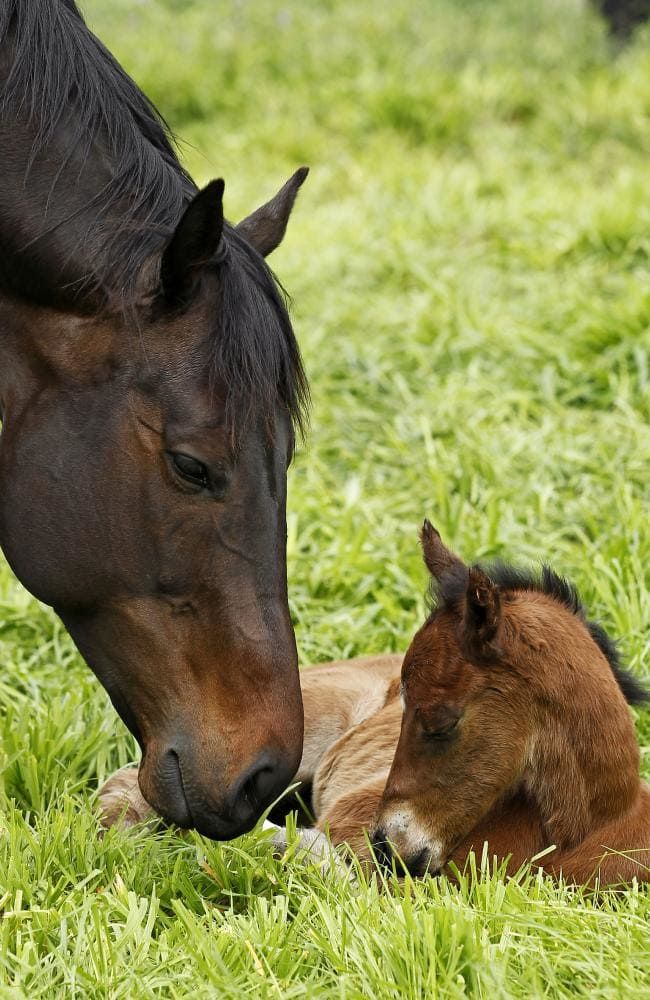 This is perfectly normal and not a bad thing. In fact, it a good thing, as it helps the foal populate its intestines with the necessary microorganisms that allow it to freely eat, and digest food without the necessity of milk.
This is perfectly normal and not a bad thing. In fact, it a good thing, as it helps the foal populate its intestines with the necessary microorganisms that allow it to freely eat, and digest food without the necessity of milk.
By the time a baby horse is six months old, it will combine eating grass, hay, and grain with drinking from its mother. At six months of age, the foal can safely survive without milk. This is the most common age to start weaning.
Do Horses NurseHorses do nurse from their mother by suckling on her teats. The teats are located at the bottom of her udder, which fills substantially when the mare is nursing. Making milk is very hard on a mare’s body. You will often notice that she loses weight.
It is important that a mare has access to good grass when nursing. Many also need grain designed for lactating mares and access to hay. This extra feed will help the mare produce enough quality milk and prevent too much weight loss.
Feeding Foals from Birth to Weaning is an interesting video presented by an equine nutritionist that details all about feeding a foal.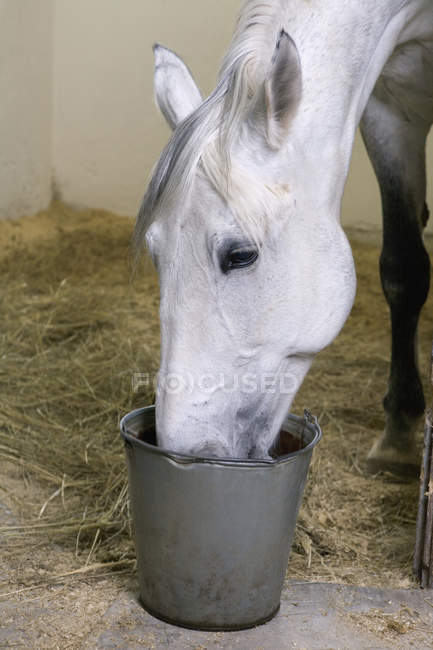
If the foal is not weaned from its mother at six months old, it will continue to nurse. The mother will keep allowing this for some time. However, it will become less frequent.
How long the mother allows this will depend on the mare. Some mares get sick of it and start to kick the foal off sooner than others. In the wild, the mare will stop her yearling nursing when she has a new foal to feed.
ConclusionSo how do horses feed their young? Horses feed their young by nursing them. They produce milk that gives them all the nutrients the foal needs to grow strong. Mares will allow their foals, especially in the first weeks, to drink as often as they want.
Some mares will even encourage their foal to nurse with some gentle nudges. They will also stretch their back legs out so the foal can access the teats more easily.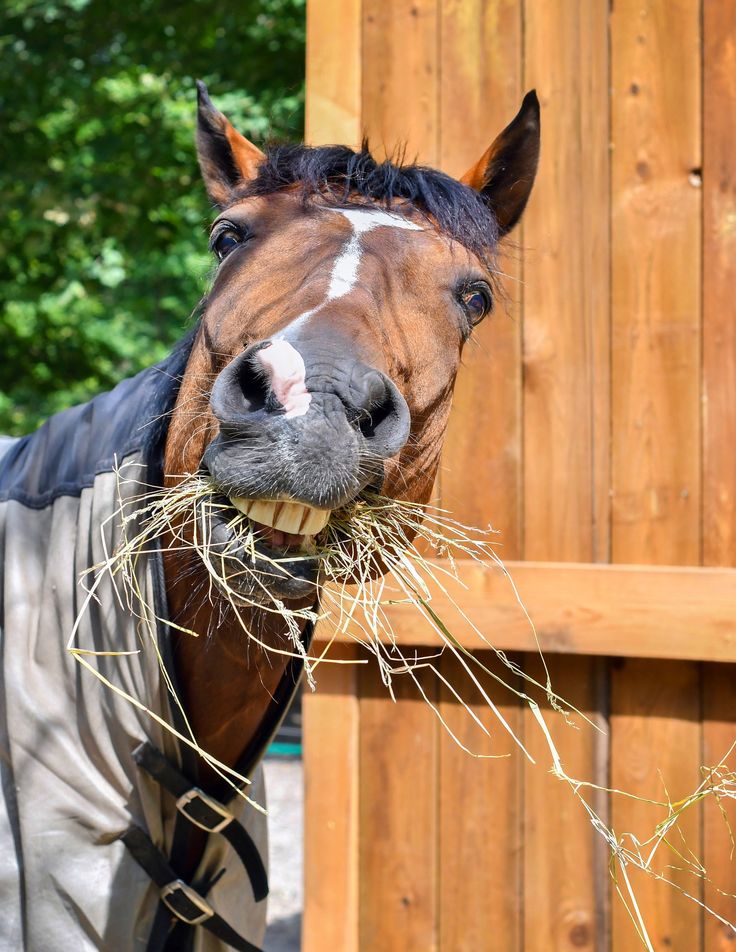
How does a horse feed her foal?
A foal is born with the instinct to stand and nurse within an hour of birth, often with the aid of its mother. A healthy mare’s milk provides all of the energy and nutrients a foal needs to support rapid, steady growth. Colostrum is the first milk produced by a new mother. It’s thick, yellow, and rich in antibodies that help build foal’s immune system. Colostrum is produced in the glands of the mare’s udder during the last two to four weeks of gestation and is available to the foal right after birth.
But sometimes a foal doesn’t get enough milk or the milk isn’t rich enough in nutrients the foal needs. This can lead to weight loss, diarrhea, and other issues. The best way to prevent these problems is to ensure that the mare is well fed and has adequate nutrition for herself.
How long does a foal stay with its mother?
The most common age to wean a foal is about 3 months. However, many foals are being weaned at 4 to 6 months of age.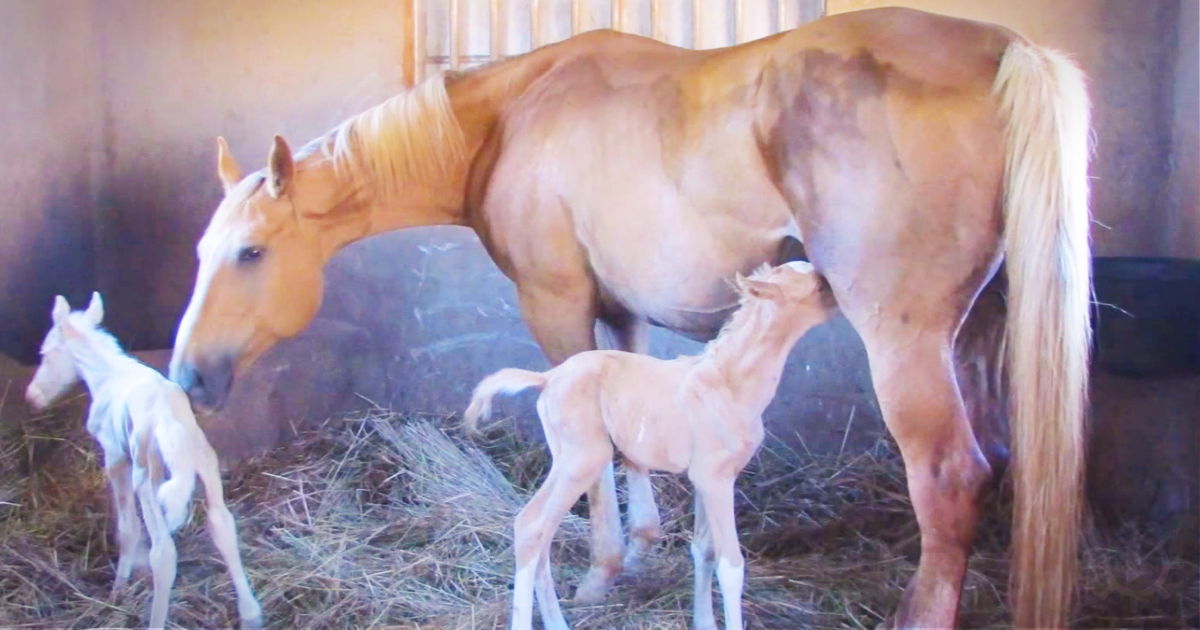 It is recommended that foals be kept on the milk until at least 3 months of age as it’s immune system ony start to properly function around that time.
It is recommended that foals be kept on the milk until at least 3 months of age as it’s immune system ony start to properly function around that time.
Foals need to be weaned gradually. This allows their digestive system to adjust to having less milk in their diet. Weaning a foal involves a gradual reduction in the amount of milk they consume while they are slowly introduced to a small amount of feed each day.
Can you drink horse milk?
Mare’s milk is a dairy product that is said to be a rich source of calcium and other minerals. Horse milk contains significantly less casein, so people who have an intolerance to casein should be able to drink mare’s milk without experiencing any negative effects.
Horse milk is known for its high value in vitamins and minerals. In fact, it contains more than 50% more calcium, 40% more phosphorus, and 15% more magnesium than cow milk. It also contains about 35% less sodium and cholesterol than cow milk. In addition to being a healthy alternative to cow’s milk, horse milk is also known for its ability to treat certain health conditions.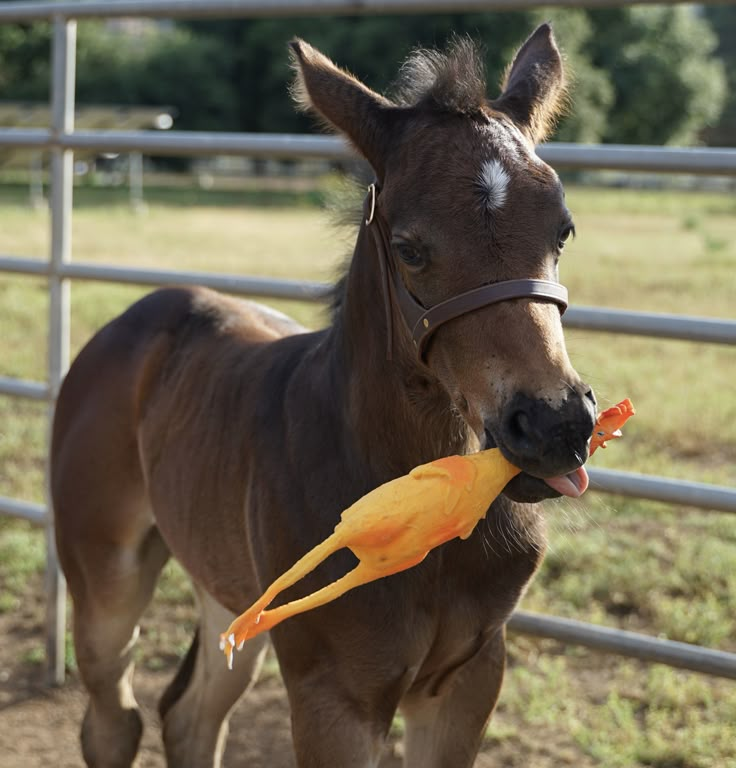
How many foals does a horse have?
The average mare can give birth to between 16-20 foals in her lifetime. A healthy mare can usually produce one foal per year. She can have her first foal at approximately 18 months of age, but it’s much better to wait for her to reach her full size before giving a birth for the first time. This happens around the age of four years old.
However, the number of foals a mare can have is not set in stone and a number of factors will influence it. Some of the variables that affect a mare’s reproduction include: the health of the mare, genetics, and fertility. A mare’s age also plays a role in her reproduction. Older mares have a higher chance of having a difficult pregnancy. It is estimated that a mare can be fertile for up to 15 years after her first breeding season. After this, she will begin to slow down her reproductive system and lose her ability to produce offspring. Another factor that influences a mare’s reproduction is her foal survival rate.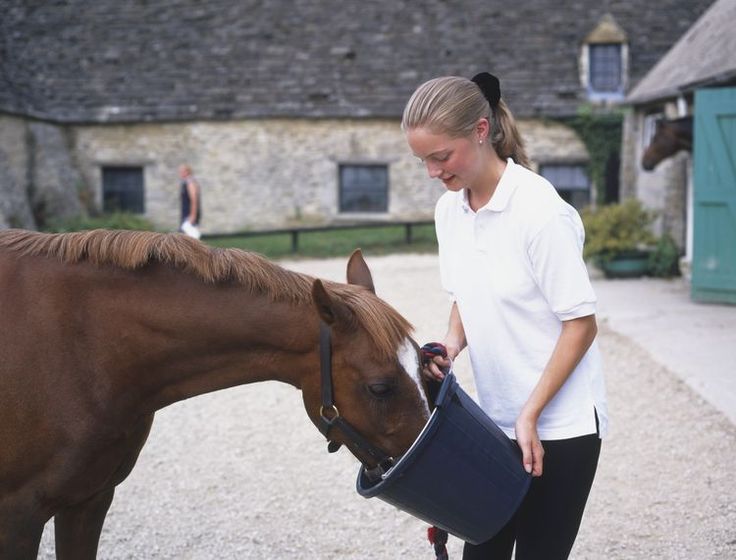 A mare’s body is able to recover from a normal pregnancy, so the survival rate for her foals should be close to 100%. However, if the mare has had a difficult birth, the survival rate for her foal will drop to around 60%.
A mare’s body is able to recover from a normal pregnancy, so the survival rate for her foals should be close to 100%. However, if the mare has had a difficult birth, the survival rate for her foal will drop to around 60%.
Raising foals, how to feed and care for them
Many articles on the Internet begin with the words: “Foals should only be bought by experienced people”, but in fact, examples of the opposite are increasingly common. Equestrians who are willing to devote time to their foal, read educational articles, train with trainers, raise beautiful horses. How do they do it?
How to raise a foal?
You are mistaken if you think that the first teacher in a foal's life is the person who started grooming him. In fact, the first teacher of a young horse is always his mother, later - peers in the herd and other, older horses. That is why it is important to keep young animals in the company of relatives as long as possible.
Contrary to popular belief, a herd or a specially selected group will not make a foal wild, on the contrary, he will learn to understand body signals (which a person can later transfer to his activities), respect personal space, read emotions, divide his behavior into right and blamed.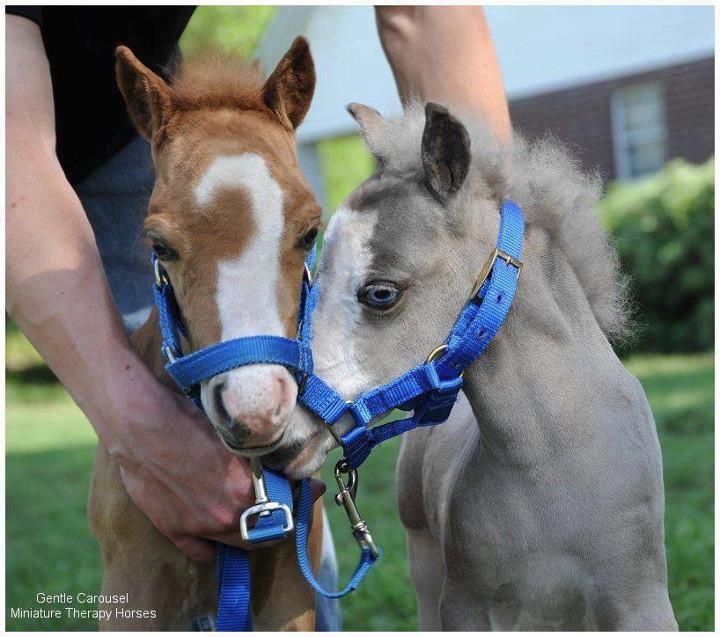
In addition to strict hierarchy, the herd satisfies another need of a young horse - the need to constantly move. Short but regular runs improve the stability of the horse on different types of ground, train his cardiovascular system, strengthen the musculoskeletal system, help build enough muscle mass to reduce the load on the bones.
After weaning, if there are sufficient conditions, the natural activity of foals on the pasture is reinforced by group training for 2-3 kilometers a day, including such parts as: warming up with a free gait, moving at a calm trot and walking.
What do you need to know about feeding?
In stable conditions, the mare feeds the foal with milk until about 6 months, but from the first days of life this does not exclude additional feed. Some central strip studs deliberately calculate the foaling date so that foals are born in early spring, despite all the difficulties with controlling the queens and putting on blankets for newborns. The reason is to raise foals for the grazing season, which will be able to absorb all the nutrients of the pasture, since grass is the best roughage for a young organism. If this is not possible, the foal should be provided with constant access to high-quality hay of the current crop.
The reason is to raise foals for the grazing season, which will be able to absorb all the nutrients of the pasture, since grass is the best roughage for a young organism. If this is not possible, the foal should be provided with constant access to high-quality hay of the current crop.
Concentrates are also needed, especially after weaning - what the horse does not get in the first months of life, it will be impossible to make up for any further feeding! The standard formula for calculating concentrates is: number of months x 300 grams of feed. When choosing food, you should pay attention to special mixtures for foals, as well as products in which, with a high protein content, there is no grain. These are vitamin-herbal flour, beet pulp and flaxseed meal.
Foal training stages
Touch
This is the first thing a foal should be trained to do. He must allow himself to be touched everywhere: first with his hands, then with various objects - parts of ammunition, including a halter, a whip, a shambarier.
It is important to remember the rule: if the foal moves away, in no case do not remove the pressure - otherwise you will teach the young horse to dodge contact with you.
Touching should not be only stroking: it can be rubbing, patting, massaging, and even pinching movements - the latter are very important as the future preparation of the foal for injections.
Many equestrians put a halter on a foal from the first days of life, so that later he gets used to it and stops noticing it. Our editors are of the opinion that the halter should be put on consciously, at the age of several months - this will be the first step on which the foal learns to learn.
Bowing
How to lead a foal?
- Teach him to touch the face. When the owner sees that the foal is calm and relaxed, you should remove your hands and give a treat.
- Teach him to scratch with a halter.
- Accustom in advance to the sounds that a halter can make so as not to frighten a young horse in the process of fastening (multiple repetitions of clicking a carabiner next to a foal, rattling of buckles)
- Try putting on each part of the halter separately, fasten to automatism: nape strap, nose strap.
- And only after passing through all these steps, a full-fledged putting on of a halter on a foal prepared for this.
Tip: Most horses will feel more comfortable if an unfamiliar object moves towards the muzzle from the side of the neck - it may be wise to start the massage from there.
Preparing for the first trimming
This stage involves learning to stand on the crossroads, brush, walk on the lead and give legs for unhooking. It is recommended to devote time to this from the age of 5 months, since the first adult trimming should take place at six months.
In learning to give legs, gradualness is important. The foal is growing rapidly, each new week its balance is not similar to the balance of the previous one, parts of the body grow disproportionately, which negatively affects the balance.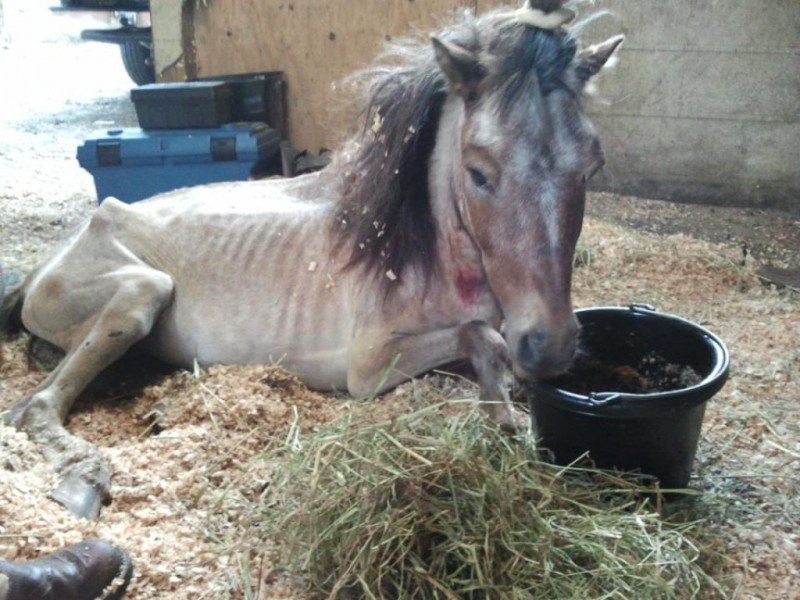 For such a horse, standing on three legs for a couple of seconds is already an achievement that needs to be praised! And if at the same time the foal has not yet transferred its weight to you, it is probably worth finishing the training on such a successful attempt. Foals are like children - they cannot concentrate on one task for a long time.
For such a horse, standing on three legs for a couple of seconds is already an achievement that needs to be praised! And if at the same time the foal has not yet transferred its weight to you, it is probably worth finishing the training on such a successful attempt. Foals are like children - they cannot concentrate on one task for a long time.
One more note: the foal should be taught to give each leg separately. He does not remember the general principle - for him, each leg is a new experience and new sensations. Once all four feet are comfortably in your hand, you can begin the unhooking followed by tapping movements to prepare the young horse for the farrier's next visit.
Games with foals
What to do with a horse when it is led, gives legs, easily follows a person, allows you to carry out all the necessary manipulations at the junctions? Of course, play and learn by playing!
Active games help to build boundaries: you should immediately stop all attempts of the foal to brazenly invade your personal space, and also send “candles” and “goats” in your direction.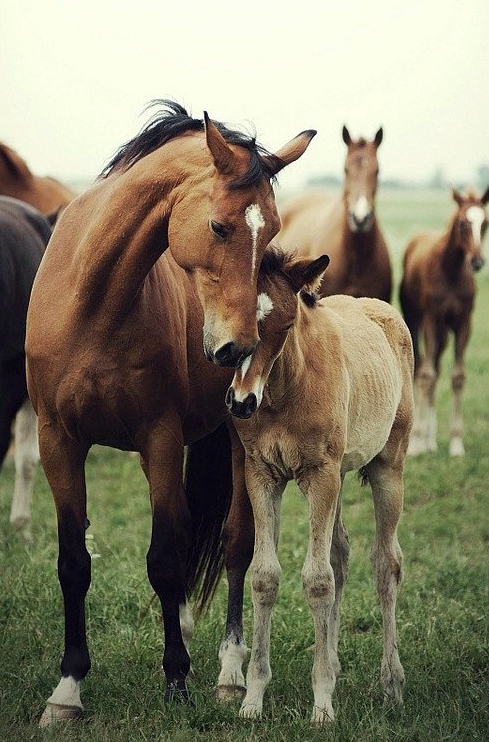
Little horses like to interact with objects just as much. These can be both household items: brushes, cords, whips, cones, and specially designed toys: licks, large balls with a safe blow, small balls with a handle.
Foals can be taught tricks, but it is worth remembering that their musculoskeletal system is just developing, and excessive stress can seriously damage their health. Therefore, when choosing an element, preference should be given to intellectual tasks: fetching, calling by name, “smile”, “yes” and “no” commands. Of the more complex tricks, foals can perform a trapezoid, jambet, several steps of reining and concessions.
So, with a young horse, with enough time, confidence, patience and support from an experienced trainer, anyone can do it! And, of course, success lies in two things: discipline and love.
Mares are tender mothers
< We could hardly find a connection between two living beings stronger and more obvious than the connection between mother and child. Like the young of most other ungulate species, foals are born ready for an active life - sighted, with good hearing, ready to run after their mother on the very first day after birth. This makes them very different from helpless newborn puppies, kittens and, of course, our own babies. The cubs of some ungulates hide in tall grass or thick bushes, and their mother visits them there from time to time. Representatives of other species prefer to take their young everywhere with them. The latter includes horses. When ungulates live in a group, herd or herd, the young may evoke different attitudes from the older members of the group. Females of most gregarious ungulates leave the group at the time of birth. In some species, including horses, the male constantly runs between the herd and the woman in labor, guards her, and when the cub is born, he noisily inhales the air, trying to smell the newborn from the distance that the female lets him in. If the foal is not selected, as is often done in stud farms, then the mare will feed him with milk for up to a year. The bond with the mother in many species of ungulates breaks at the onset of puberty. In horses, they depend on many conditions. Usually they are interrupted for the birth of the next foal. Later, these ties can be restored and develop into friendships. A mare can graze next to last year's foal, groom (scratch each other's withers), but will not follow him and protect him. If you separate a mare from her foal, they will soon forget each other. The later they part, the longer they will remember each other. The same applies to stallions. A foal meets its father a week or two after birth. The further he moves away from his mother, the more often he encounters his father. And he remembers well - a strict father bites painfully, driving the foal closer to the herd.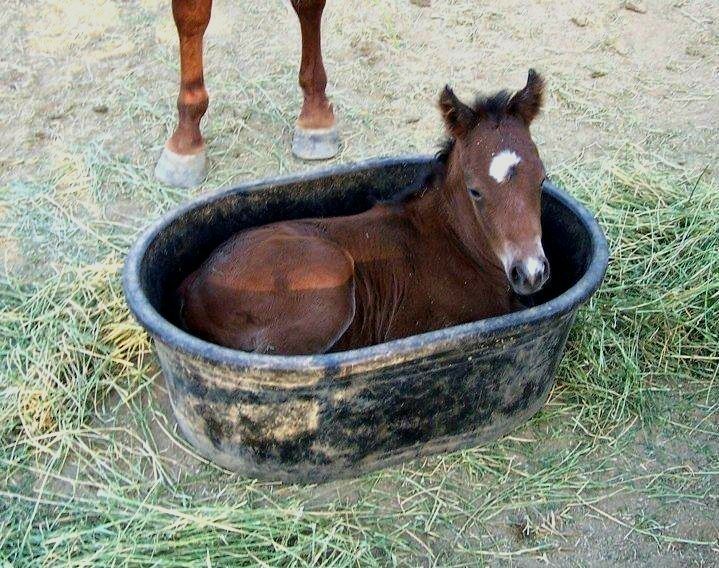 Mares are wonderful mothers, their love for a foal eventually develops into a warm friendship and, if conditions permit, this friendship lasts a lifetime. But in the relationship of mares with foals there are no exact rules, some kind of “herd law”. There are so many exceptions that they cannot even be called exceptions. Therefore, we will first discuss the general scheme, and then all possible deviations from it.
Mares are wonderful mothers, their love for a foal eventually develops into a warm friendship and, if conditions permit, this friendship lasts a lifetime. But in the relationship of mares with foals there are no exact rules, some kind of “herd law”. There are so many exceptions that they cannot even be called exceptions. Therefore, we will first discuss the general scheme, and then all possible deviations from it. 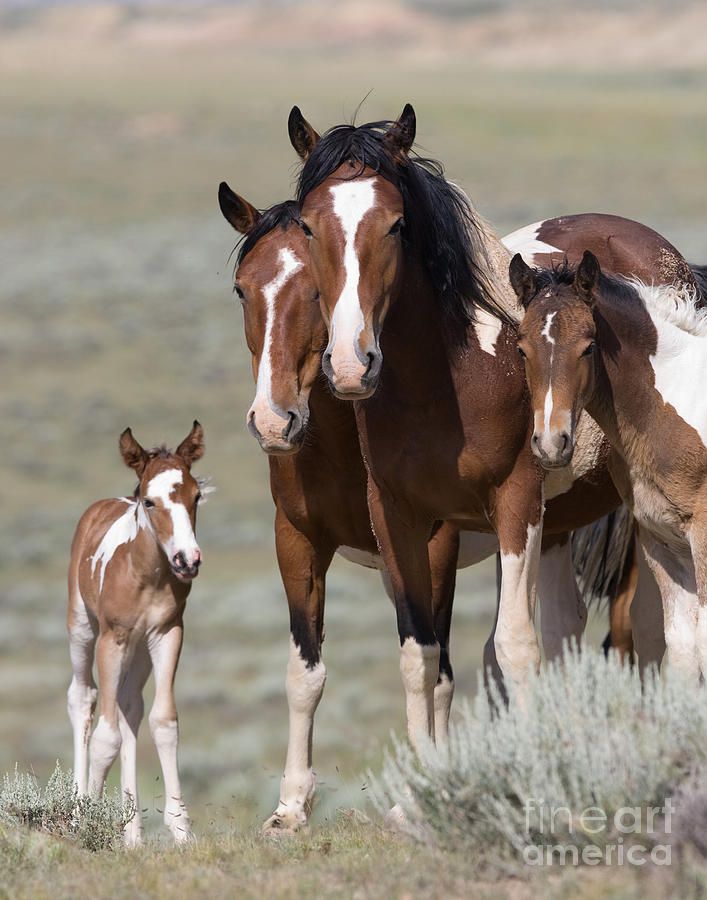 Elands, for example, are so attached to their adult daughters that they are present at their birth, and later easily distinguish their granddaughters from the rest of the herd. However, the eland will never begin to feed the milk of someone else's cub. At the same time, in other ungulates, “stealing of milk”, when the female feeds not only her cub, is very common. This allows some orphans or cubs whose mother has lost milk to still grow up and not die. In this respect, mares are ardent owners. They do not allow anyone to approach their cub in the first days after birth and are aggressive towards other people's foals. Orphaned foals, without human care, usually die in the herd.
Elands, for example, are so attached to their adult daughters that they are present at their birth, and later easily distinguish their granddaughters from the rest of the herd. However, the eland will never begin to feed the milk of someone else's cub. At the same time, in other ungulates, “stealing of milk”, when the female feeds not only her cub, is very common. This allows some orphans or cubs whose mother has lost milk to still grow up and not die. In this respect, mares are ardent owners. They do not allow anyone to approach their cub in the first days after birth and are aggressive towards other people's foals. Orphaned foals, without human care, usually die in the herd.  In domestic horses, the mare leaves the herd alone for the time of childbirth and joins it a few days later with her newborn. If conditions do not allow this, then she seeks the most remote place from other horses, and the stallion and other mares may be interested in the newborn, as described above. When there are many young in the herd, there is hope that the predator will choose some other foal, and her own will remain intact, so most foals in the herd of wild horses or feral domestic horses appear at a certain period of time in the spring. When attacked by a predator, the mare takes the foal away, trying to block it with herself, or lead it into the thick of the herd. In the depths of the herd it is much safer, the predator will not even dare to poke his head in there, but the foal can be knocked down by their own frightened relatives. Horses in general do not tend to actively defend themselves from a predator, they have chosen flight as their main form of protection.
In domestic horses, the mare leaves the herd alone for the time of childbirth and joins it a few days later with her newborn. If conditions do not allow this, then she seeks the most remote place from other horses, and the stallion and other mares may be interested in the newborn, as described above. When there are many young in the herd, there is hope that the predator will choose some other foal, and her own will remain intact, so most foals in the herd of wild horses or feral domestic horses appear at a certain period of time in the spring. When attacked by a predator, the mare takes the foal away, trying to block it with herself, or lead it into the thick of the herd. In the depths of the herd it is much safer, the predator will not even dare to poke his head in there, but the foal can be knocked down by their own frightened relatives. Horses in general do not tend to actively defend themselves from a predator, they have chosen flight as their main form of protection.  After six to seven months, plant foods become the main food for the foal, and milk feeding already plays the role of a psychological connection with the mother. A few weeks or days before the next birth, the mare begins to chase away the last year's foal, and he stops suckling.
After six to seven months, plant foods become the main food for the foal, and milk feeding already plays the role of a psychological connection with the mother. A few weeks or days before the next birth, the mare begins to chase away the last year's foal, and he stops suckling. 